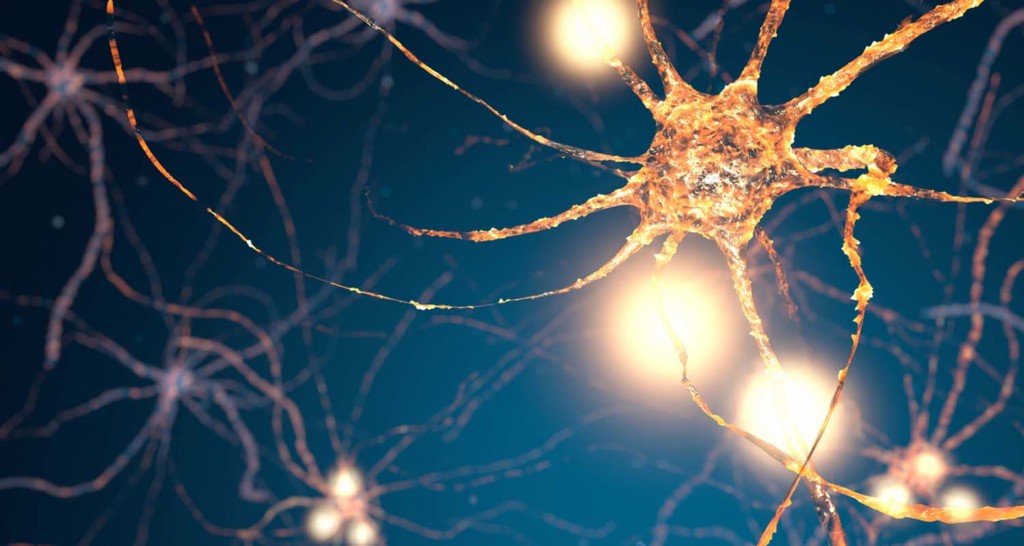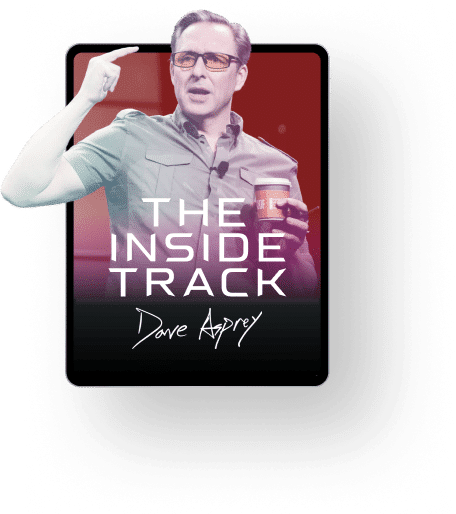Whether it’s what to order at a restaurant or if you should take a new job, some people are better than others at making decisions — and now a new study demonstrates why. University of Illinois researchers found[ref url=”https://onlinelibrary.wiley.com/doi/abs/10.1002/hbm.24032″] that people make decisions differently, according to individual variations in their brain’s neural pathways. One person may be skilled at problem-solving based on healthy neural connections while another person may struggle to make the same decision. The good news is that regardless of how your brain is wired you can improve your ability to make decisions.
Individuals make decisions differently, says study
By analyzing 304 people, researchers at the Beckman Institute for Advanced Science and Technology (BIAST) in Illinois investigated whether individual differences in brain connectivity were associated with decision-making. They used functional MRIs to assess brain connectivity, as well as a comprehensive decision-making assessment called the Adult Decision-Making Competence test to measure six well-established facets of decision-making, including “resistance to framing” and “risk perception.” Findings revealed people make different decisions based upon their individual brain circuitry, specifically in the brain regions associated with executive (reasoning and problem-solving), social (memory and attention), and perceptual (ability to process visual and spatial information) processes.
“People often take different approaches to decision-making. They might apply different strategies, consider different elements of the problem or assign value to the options differently,” says study lead and BIAST psychology professor Aron Barbey. “Our research suggests that neurobiological differences appear to be important when accounting for one’s susceptibility to biases in judgment and for understanding their competence in decision-making.”
The researchers also analyzed the executive, social, and perceptual brain regions to understand their individual contributions to overall “functional brain connectivity” — the interconnected relationship between different parts of the brain that work together toward a specific purpose. “Research indicates that the brain is functionally organized according to intrinsic connectivity networks, which are known to play a central role in specific facets of intelligence. For example, the fronto-parietal network regulates executive functions, the ventral attention network supports attention, and the limbic network underlies emotional and social processing,” says BIAST postdoctoral researcher Tanveer Talukdar.
Furthermore, the researchers found that individual differences in brain connectivity matched differences in brain region engagement. For example, “resistance to framing” (whether individuals’ choices are susceptible to unrelated details in a problem) is associated with the ventral attention network. Researchers think this network helps participants maintain attention to the key aspects of a particular problem, rather than becoming distracted by irrelevant details.
Lifestyle interventions influence decision-making ability
Researchers say further study is necessary to understand how these individual differences in functional brain connectivity are influenced by learning and experience. Next, the researchers intend to investigate how your ability to make decisions can be improved by specific lifestyle interventions like cognitive training, brain stimulation, fitness training, and nutrition. “Decision-making competence is known to be influenced by lifestyle factors, such as social engagement, diet and physical activity,” says Talukdar. “Now we can design interventions that take into account an individual’s functional brain connectivity and the respects in which people differ in their approach to decision-making.”
If you’re consistently making bad decisions, or having trouble even reaching a decision, you reinforce those specific neural pathways, so that you’re conditioned to approach all decision-making the same way, moving forward. But as the researchers point out, lifestyle interventions like diet, cognitive training, and exercise can help rewire your brain circuitry.
Beat decision fatigue and rewire brain circuitry
So what is the secret sauce to making better decisions? Conquer decision fatigue first. Decision fatigue is a well-documented psychological term that refers to the deteriorating quality of decisions after a long session of decision making[ref url=”http://www.pnas.org/content/108/17/6889″]. In other words, if you spend all day making decisions that tax you, by the end of the day, you’ll have a harder time making sound choices. That’s why it’s so hard to stick with a new exercise or diet regimen. You’re challenging yourself to make good choices all day and eventually willpower starts to degrade. To improve your chances of success, minimize the number of decisions you have to make that might pull you off track. Sleep in your gym clothes, meal prep for the week, make fitness dates with friends and put them in your calendar. They sound like small, inconsequential things, but they keep you from having to decide later on what you’ll have for lunch, or whether you’ll go to the gym. That way, you can use your decision reserves to focus on those decisions that truly matter.
While you’re teaching yourself to make better decisions, use this guide on how to strengthen your willpower muscle. Remember: the brain functions like a muscle. The more good decisions you make, the more you reinforce positive brain circuitry.
Decide to focus on the larger goal and minimize distractions
Eager for more inspiration? Listen to this Bulletproof Radio podcast with Michael Fishman, a leading advisor on marketing, positioning, and strategy for health, wellness, and personal development businesses. At minute 9:45, Fishman discusses willpower as it relates specifically to food choices and sugar cravings. “Willpower is a mental capability, but the research seems to show that willpower exists in limited quantities. I knew that it [weight loss] wasn’t about willpower but about having a commitment. I made that commitment, and it was much more about getting across the goal line in the month of May. I just had my eyes on the prize,” explained Fishman. Like Fishman who admits humans have finite willpower reserves, you too can minimize distracting decisions and free up your mind to focus on the larger goal.








Jason’s Website
Jason’s Email
Facebook
Instagram
Twitter
YouTube
Vimeo
National Geographic Brain Games
Show Notes